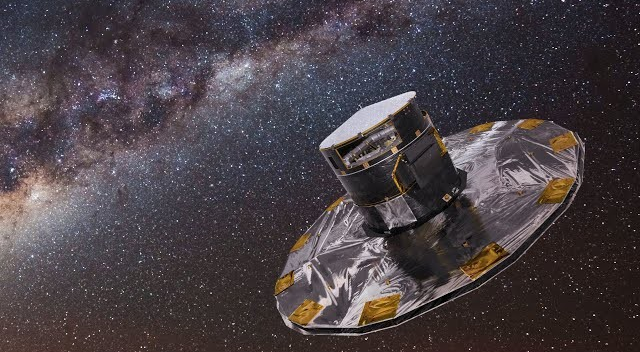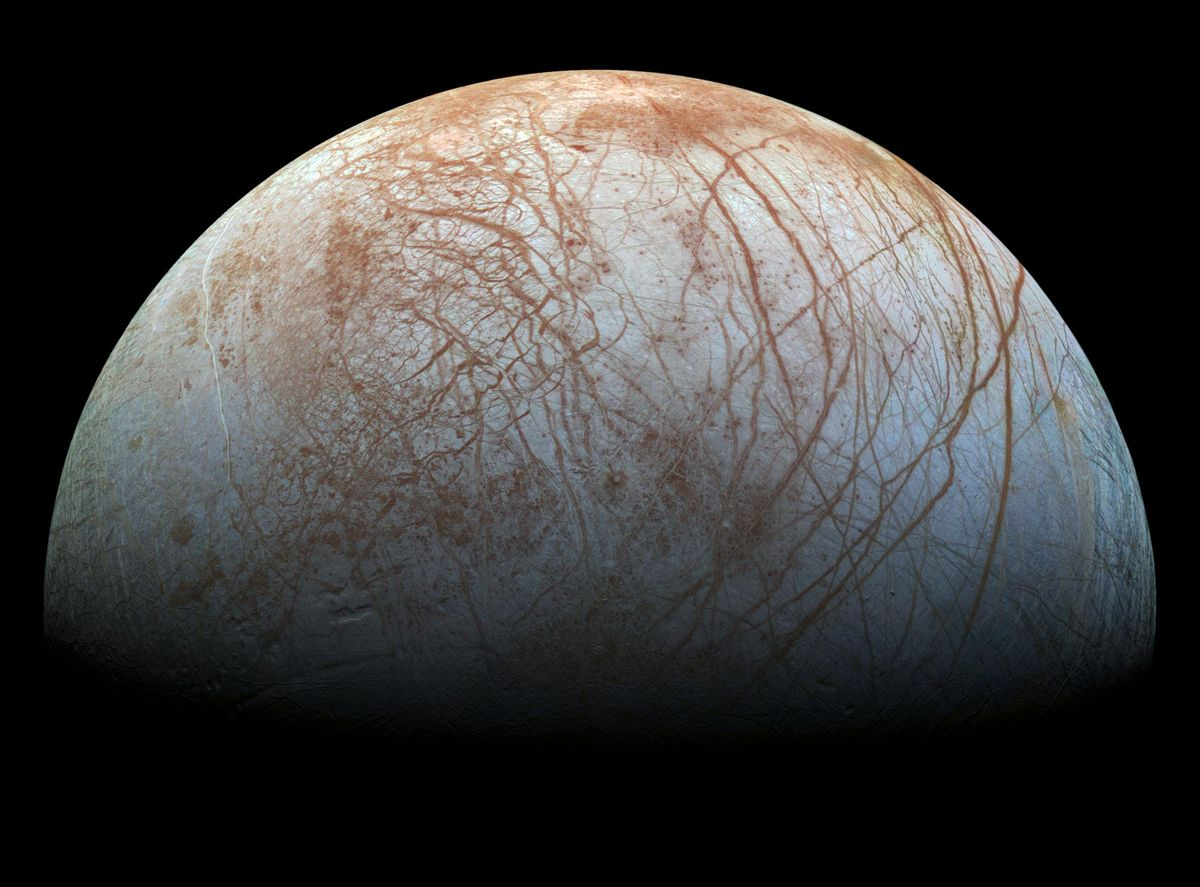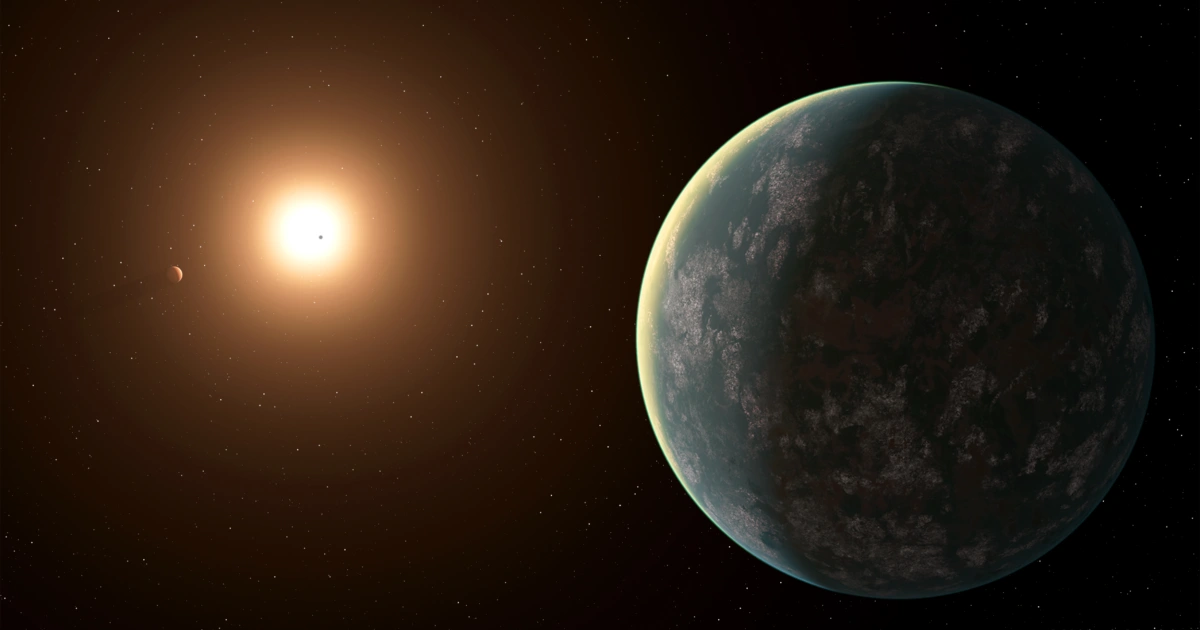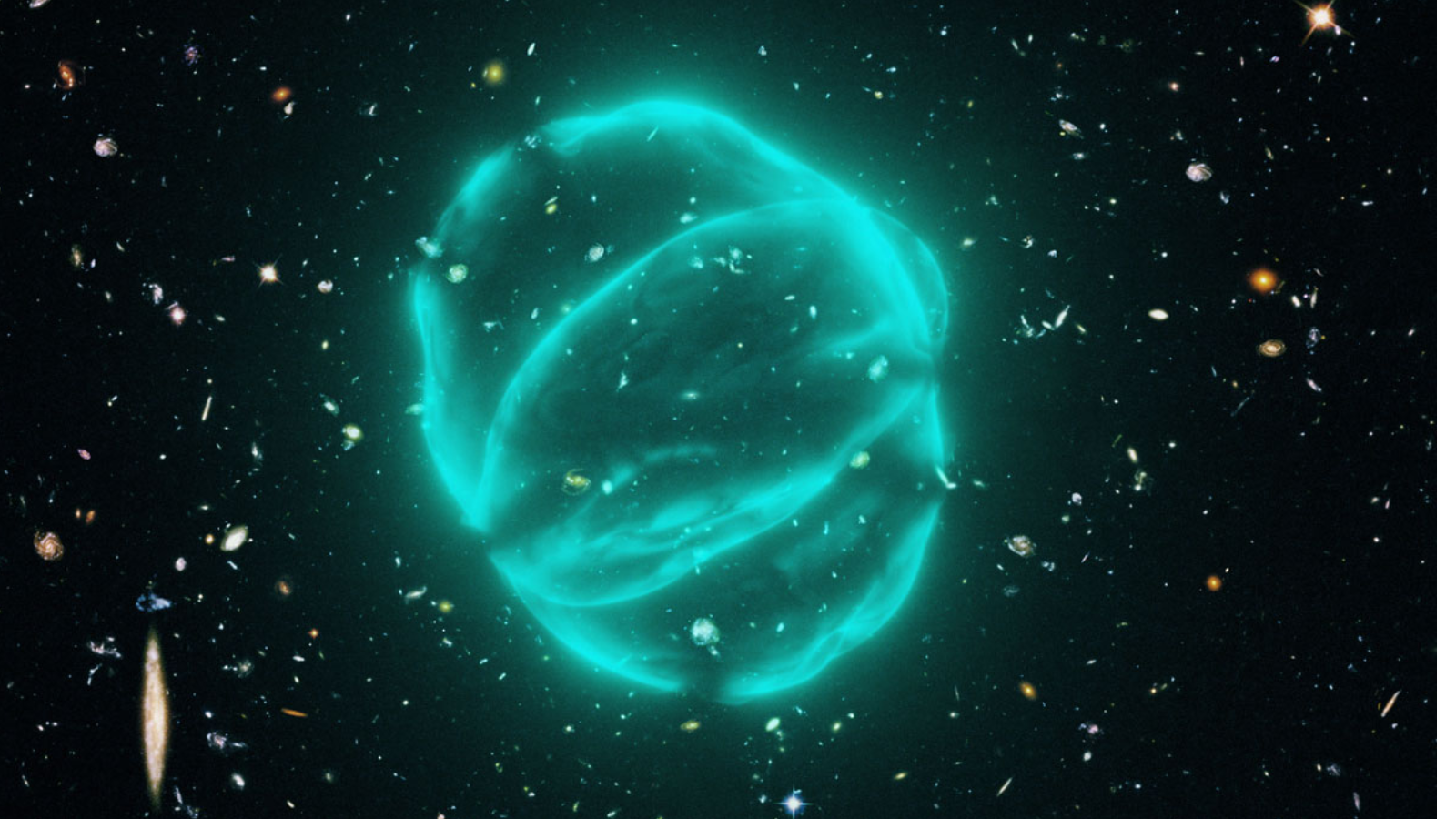Astronomers have made a groundbreaking discovery by detecting carbon dioxide in the atmospheres of exoplanets within the HR 8799 system, located approximately 130 light-years from Earth. This marks the first time carbon dioxide has been directly observed on planets outside our solar system. The HR 8799 system, known for its four massive gas giants, has been a focal point for studying planetary formation and evolution. The presence of carbon dioxide suggests that these planets likely formed through core accretion, a process similar to that of Jupiter and Saturn, involving the gradual accumulation of icy particles.
The detection was made possible by the advanced capabilities of the James Webb Space Telescope (JWST), which utilized coronagraphs to block the intense light from the host star, allowing for the observation of the faint atmospheres of these distant worlds. This technological advancement enables scientists to analyze the chemical composition of exoplanetary atmospheres with unprecedented precision. Understanding the atmospheric constituents, such as carbon dioxide, is crucial for gaining insights into the formation mechanisms and potential habitability of exoplanets.
The discovery of carbon dioxide in the HR 8799 system not only enhances our comprehension of exoplanetary atmospheres but also provides valuable context for assessing the potential for life beyond Earth. Carbon dioxide plays a significant role in Earth’s climate and biological processes; its presence on other planets could indicate similar pathways for atmospheric development. As the JWST continues to explore distant star systems, it is poised to unveil more about the complexities of exoplanetary environments, bringing us closer to answering the profound question of whether life exists elsewhere in the universe.




